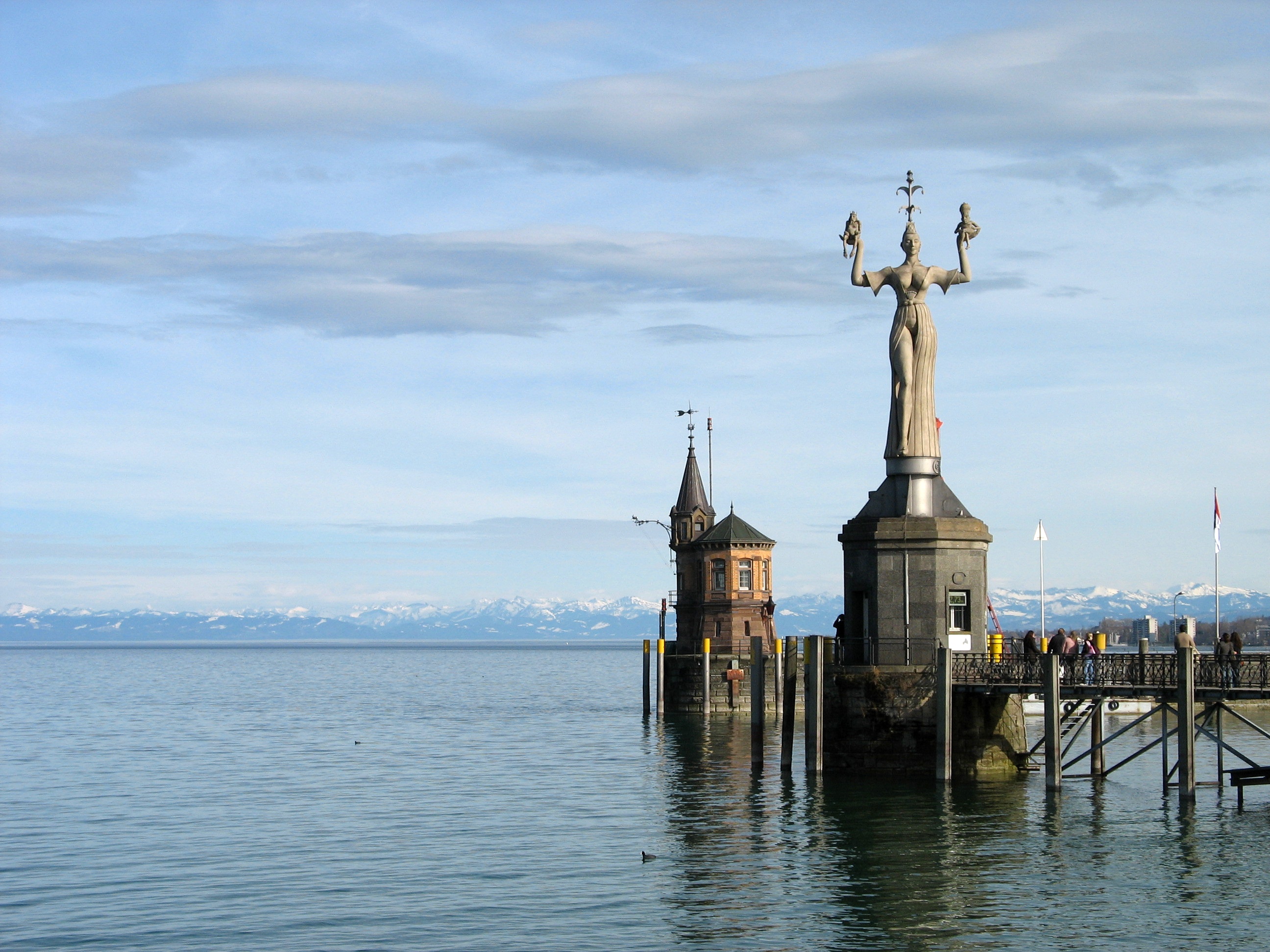|
HГ¶dingen (Гңberlingen)
HГ¶dingen is a village in the municipality of Гңberlingen, in the west of the Bodenseekreis in southwest Baden-WГјrttemberg, Germany. It is located about northwest of Гңberlingen. Geography The village of HГ¶dingen is located between multiple Naturschutzgebiet, nature reserves: ''HГ¶dinger Berg'' and the Spetzgarter Tobel to the east, the HГ¶dinger Tobel and part of the Sipplinger Dreieck to the West (of which the two tobels (ravines) are among the oldest nature preserves in Germany). To the southwest of the village are steep Molasse cliffs typical of the Lake Гңberlingen area. The Katharinenfelsen protected area adjoins here, in which lies the so-called ''GletchermГјhle'' (literally 'Moulin (geomorphology), glacier mill' although it is actually a Giant's kettle, glacial pothole). At the foot of the cliffs are the Goldbach heathen caves, which are hundreds of years old. To the north of HГ¶dingen is the BundesstraГҹe 31n (Stockach вҖ“ Гңberlingen). LГӨnglehof and Spetzgart Cast ... [...More Info...] [...Related Items...] OR: [Wikipedia] [Google] [Baidu] |
Гңberlingen
Гңberlingen (; ) is a German city on the northern shore of Lake Constance (Bodensee) in Baden-WГјrttemberg near the German-Swiss border, border with Switzerland. After the city of Friedrichshafen, it is the second-largest city in the Bodenseekreis (district), and a central point for the outlying communities. Since 1 January 1993, Гңberlingen has been categorized as a large district city (''GroГҹe Kreisstadt''). History The history of Гңberlingen dates back to Switzerland in the Roman era, Roman times, but a variety of settlements antedated Roman occupation. Stone Age settlements, discovered along the shoreline of Lake Constance, document that the lake supported several dozen thriving communities of 50вҖ“100 individuals. These settlements fall under the category of the Hallstatt culture, and their habits, dress, and diet have been illuminated through the excavation of archaeological sites, such as a major site in Hallstatt, Austria, excavated in the mid- to late 19th century.Al ... [...More Info...] [...Related Items...] OR: [Wikipedia] [Google] [Baidu] |
Konstanz
Konstanz ( , , , ), traditionally known as Constance in English, is a college town, university city with approximately 83,000 inhabitants located at the western end of Lake Constance in the Baden-WГјrttemberg state of south Germany. The city houses the University of Konstanz and was the residence of the Roman Catholic Diocese of Konstanz for more than 1,200 years. Location The city is located in the state of Baden-WГјrttemberg and situated at the banks of Lake Constance (''Bodensee'' in German). The river Rhine, which starts in the Swiss Alps, passes through Lake Constance and leaves it, considerably larger, by flowing under a bridge connecting the two parts of the city. North of the river lies the larger part of the city with residential areas, industrial estates, and the University of Konstanz; while south of the river is the old town, which houses the administrative centre and shopping facilities in addition to the ''Hochschule'' or the ''University of Applied Sciences''. C ... [...More Info...] [...Related Items...] OR: [Wikipedia] [Google] [Baidu] |
Mainau
Mainau also referred to as Mav(e)no(w), Maienowe (in 1242), Maienow (in 1357), Maienau, Mainowe (in 1394) and Mainaw (in 1580) is an island in Lake Constance (on the Southern shore of the Гңberlinger See near the city of Konstanz, Baden-WГјrttemberg, Germany). It is maintained as a garden island and a model of excellent environmental practices. Administratively, the island has been a part of Konstanz since December 1, 1971, when the municipality of Litzelstetten, of which Mainau was part, was incorporated into Konstanz. Mainau is still part of Litzelstetten, now one of 15 wards (administrative subdivisions) of Konstanz. The island belongs to the Lennart Bernadotte-Stiftung (eng. The Lennart Bernadotte Foundation), an entity created by Prince Lennart Bernadotte, Count of Wisborg, originally a Prince of Sweden and Duke of SmГҘland. It is one of the main tourist attractions of Lake Constance. Beside flowers there is a park landscape with views on the lake. There is also ... [...More Info...] [...Related Items...] OR: [Wikipedia] [Google] [Baidu] |
Гңberlingen HГ¶dingen - BrunnenstraГҹe - St BartholomГӨus Ex 10 Ies
Гңberlingen (; ) is a German city on the northern shore of Lake Constance (Bodensee) in Baden-WГјrttemberg near the German-Swiss border, border with Switzerland. After the city of Friedrichshafen, it is the second-largest city in the Bodenseekreis (district), and a central point for the outlying communities. Since 1 January 1993, Гңberlingen has been categorized as a large district city (''GroГҹe Kreisstadt''). History The history of Гңberlingen dates back to Switzerland in the Roman era, Roman times, but a variety of settlements antedated Roman occupation. Stone Age settlements, discovered along the shoreline of Lake Constance, document that the lake supported several dozen thriving communities of 50вҖ“100 individuals. These settlements fall under the category of the Hallstatt culture, and their habits, dress, and diet have been illuminated through the excavation of archaeological sites, such as a major site in Hallstatt, Austria, excavated in the mid- to late 19th century.Al ... [...More Info...] [...Related Items...] OR: [Wikipedia] [Google] [Baidu] |



